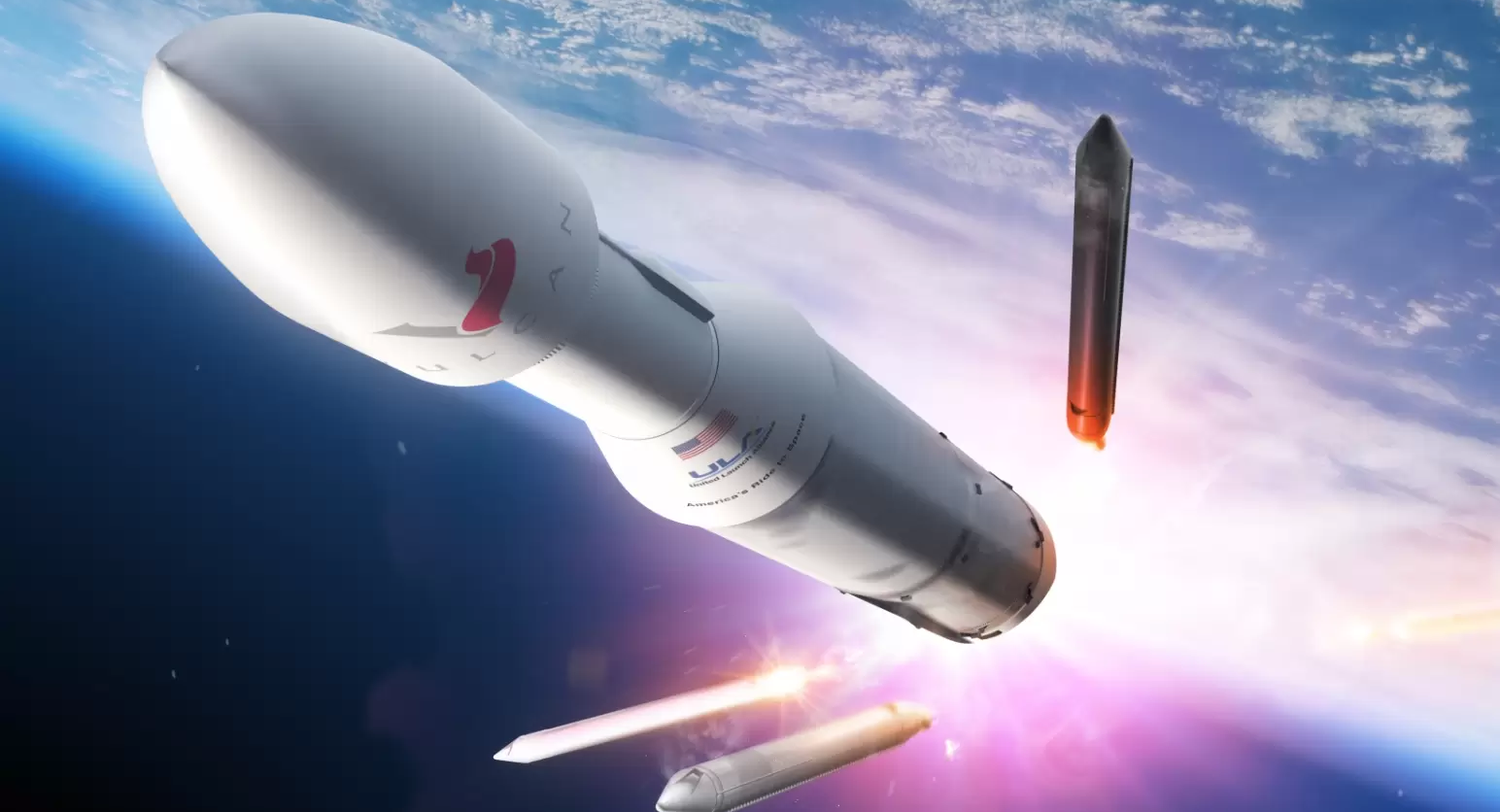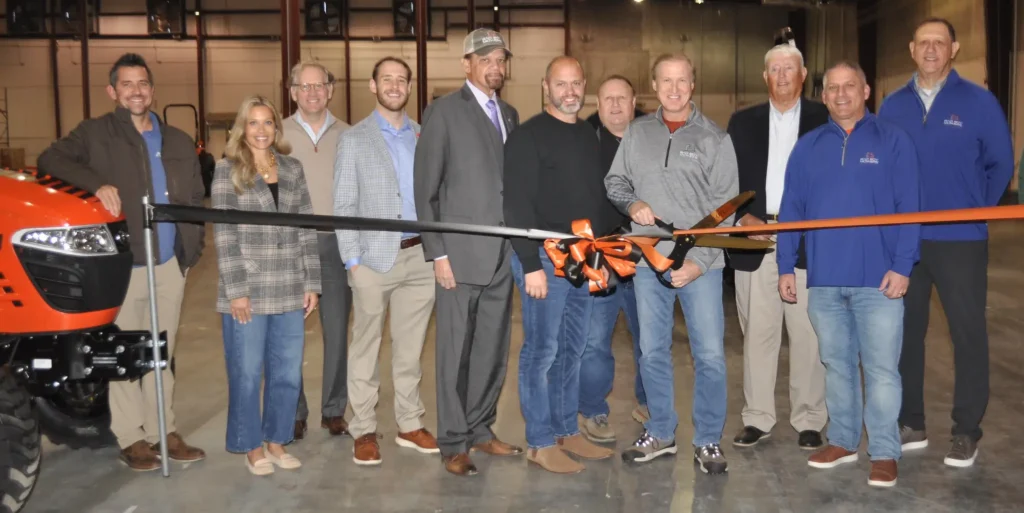Alabama’s robust aerospace industry is soaring to new heights, propelled by groundbreaking projects and innovative investments that continue to add new dimensions to the sector across the state.
From the production of next-generation rockets and missiles to the exploration of hypersonic technologies, there’s a lot of head-turning developments going on in the state’s aerospace sector.
“Alabama’s aerospace industry is thriving, thanks to a unique mix of strategic investments, advanced manufacturing capabilities, and a skilled and dedicated workforce,” said Ellen McNair, Secretary of the Alabama Department of Commerce.
“The state’s long-standing commitment to innovation and excellence ensures its prominence in the aerospace sector, with significant developments positioning Alabama as a leader in space exploration, aviation and new technologies,” she added.
With the 2024 Farnborough International Airshow about to commence, it’s a perfect time to explore eight key developments that are propelling the state to greater altitudes within the aerospace industry.
Driving investment
Alabama’s aerospace industry is a major economic driver, with significant contributions to job creation and investment.
The industry supports over 45,000 jobs and generates $6 billion-plus in economic activity annually, according to the Aerospace Industries Association.
The presence of major aerospace, defense and spaceflight companies as well as support from state economic development initiatives continue to attract new industry investment to Alabama — over $4.3 billion in the past decade.

Emerging technologies
Alabama is at the forefront of integrating emerging technologies into the aerospace sector.
This includes advancements in additive manufacturing, also known as 3D printing, a technology utilized by GE Aerospace to make aircraft engine parts at a trail-blazing factory in Auburn.
Meanwhile, in Courtland, Lockheed Martin has set up a “digital factory” dedicated to hypersonic technologies. These innovations are poised to revolutionize the industry — making Alabama a key player in the next generation of aerospace technologies.

Airbus takes off in Mobile
Mobile has become a central hub for Airbus in North America, and recent expansions of the company’s only U.S. aircraft manufacturing facility underscores this.
The addition of a new assembly line for A320 Family passenger jets, following a project to build a line for A220 aircraft, will provide a boost to production capacity and create hundreds of high-paying jobs.
This growth is not only strengthening Alabama’s position in the global aerospace market but also attracting more skilled labor and related industries.
Huntsville’s lunar legacy
Huntsville — called the “Rocket City” — continues to make game-changing contributions to space exploration, decades after the Saturn V Moon rocket was developed there.
The Marshall Space Flight Center is a central player in NASA’s Artemis program, which aims to return humans to the Moon and pave the way for future missions to Mars.
The development of the Space Launch System (SLS) at Marshall marks a monumental step towards these goals, and, with 106 Alabama firms contributing to the project, reaffirms the state’s status as a leader in space innovation.
Pioneering defense technologies
Redstone Arsenal remains a cornerstone for the U.S. military’s aerospace and defense operations.
Recent projects include advancements in missile defense systems and the integration of cutting-edge technologies like artificial intelligence and unmanned aerial systems (UAS).
These initiatives not only enhance national security but also stimulate economic growth in the Huntsville region through the creation of specialized jobs and high-tech research facilities from the likes of Boeing, Lockheed Martin and Northrop Grumman.

Boosting space missions
Decatur is home to United Launch Alliance (ULA), a powerhouse in the rocket manufacturing industry.
Famous for its workhorse Atlas V and Delta IV launch vehicles, ULA’s recent achievements include the Vulcan Centaur rocket, designed for a wide range of missions from commercial satellite launches to deep-space exploration.
The contributions of ULA’s Alabama facility — now the world’s largest rocket factory — are critical in maintaining U.S. leadership in space and ensuring reliable access to orbit for payloads such as surveillance, weather and communications satellites.
Research and innovation
Collaborative efforts between Alabama’s universities and private sector companies are driving significant advancements in aerospace technology.
Recent research projects focus on new materials for planes and spacecraft, developing new propulsion systems, and enhancing avionics.
These innovations not only push the boundaries of what’s possible but also attract substantial research funding and talent to the state.
Tuskegee’s aviation legacy
Tuskegee’s historical significance in aviation continues to inspire. The Tuskegee Airmen, the first African American military aviators, trained at Moton Field and broke racial barriers in the U.S. Army Air Corps during World War II.
Their legacy is celebrated through ongoing educational programs and initiatives that encourage diversity in the aerospace industry.
Today, Moton Field is become home to a flight training program being established by Republic Airways and its LIFT Academy that is committed to developing African American pilots.
This story originally appeared on the Alabama Department of Commerce’s Made in Alabama website.













